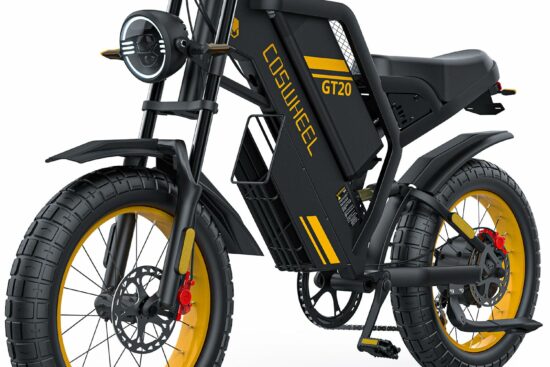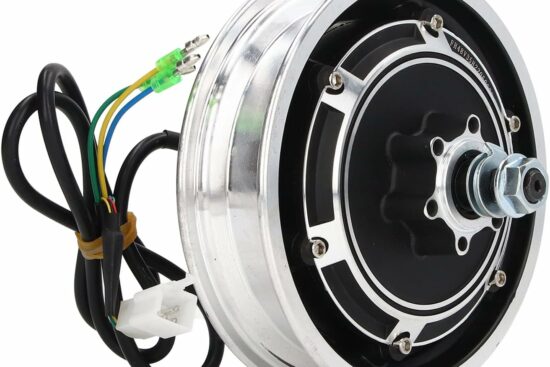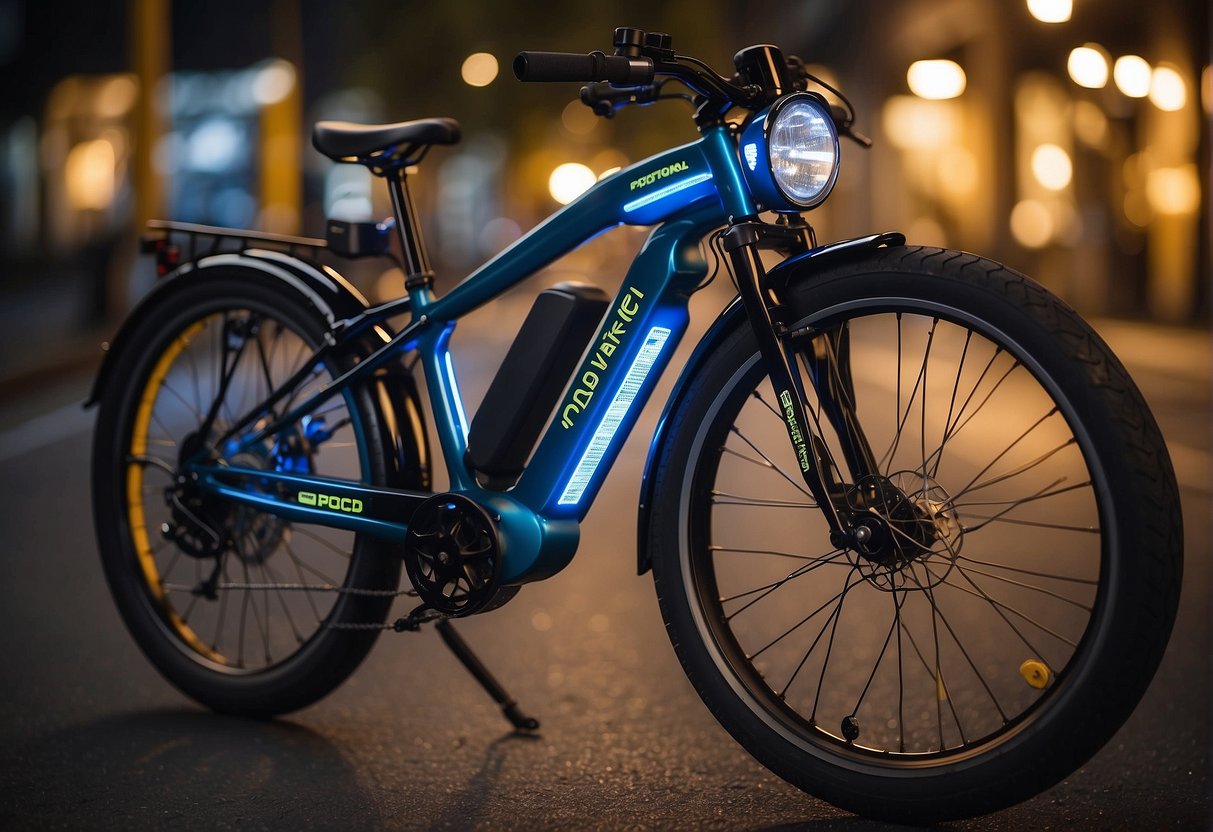
When delving into the world of electric bikes (e-bikes), understanding the significance of voltage is crucial to making an informed decision. The voltage of an e-bike is a key determiner of both its power and performance, as it directly influences the electric motor’s ability to produce torque and handle various riding conditions. In general, a higher voltage means that the e-bike can tackle steeper climbs, provide faster acceleration, and achieve higher top speeds. Yet, these advancements are not without trade-offs—the cost of charging and potential impact on the battery’s longevity must be considered.
Selecting the right voltage is also a matter of aligning the e-bike’s specs with the rider’s needs. For example, commuting and leisure rides often require less voltage, as the conditions are relatively flat and the demand on the motor is lower. However, for more demanding scenarios, such as off-road trails or carrying heavy loads, a more potent battery capable of delivering higher voltage may be necessary to ensure consistent performance. Voltage also ties into the e-bike’s range; the higher it is, the longer the potential distance that can be traversed on a single charge—though this is also influenced by factors like rider weight and terrain.
Maintaining a balance between the desired performance characteristics and the practical aspects of e-bike ownership—such as cost and battery maintenance—is important. Riders must weigh the benefits of higher voltage levels against their personal riding routines and the types of journeys they are most likely to undertake. With a multitude of options available, a rider’s understanding of voltage can significantly impact their satisfaction with their electric bike over its operational life.
Understanding Electric Bike Voltage and its Impact on Performance
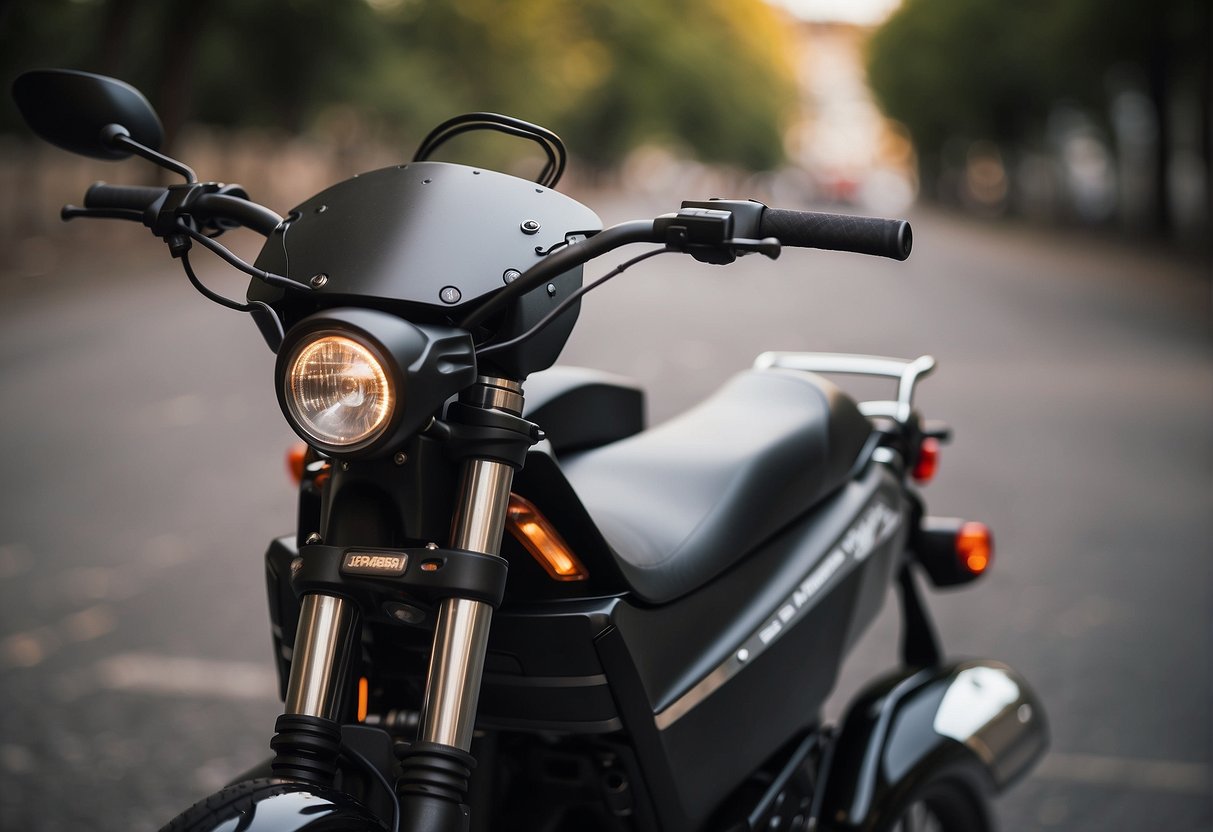
Voltage is a critical aspect of electric bike performance, influencing speed, power, and range. Grasping the basics of voltage and how it interacts with other electrical components can guide buyers to make informed decisions.
Voltage Fundamentals for Electric Bikes
Electric bikes operate using a drive system powered by a battery. The voltage (V) refers to the measure of electromotive force, acting as the pressure that pushes electrical current through the system. Common e-bike voltages are 36v, 48v, and 52v, each offering its own balance of efficiency and power.
How Voltage Affects E-Bike Speed and Power
Higher voltage equates to the ability to deliver more power and speed due to the increased potential power available to the motor. This can result in a more robust torque output, essential for tackling hills or accelerating.
Battery Voltage and Capacity Relation
The capacity of an electric bike’s battery, typically measured in amp hours (Ah), and the voltage together determine the possible range. The equation Voltage (V) x Capacity (Ah) = Watt-hours (Wh) illustrates how these factors affect the total energy a battery can store.
Voltage and Electric Bike Types
Different e-bike types, such as mid-drive or hub-drive, may require different voltages to operate optimally. Mid-drive motors, for instance, may perform better with higher voltage systems due to their design which can handle more electrical current.
Choosing the Right Voltage for Your Needs
Selecting the appropriate voltage requires considering personal needs. Commuters or those frequently commuting on flat terrains might fare well with lower voltages, while higher voltages better suit those facing frequent hills or requiring extended range.
Voltage, Wattage, and Motor Size Correlation
A motor’s continuous watt rating and peak watt rating are indicative of performance but must match the battery’s voltage to capitalize upon this potential. Motors like 350w, 500w, or 750w necessitate a compatible voltage to achieve the advertised power.
Voltage Considerations for E-Bike Components
When configuring an e-bike, compatibility between voltage, ampere, and the controller is crucial. High-voltage systems may demand more robust wiring and components to withstand the increased electrical flow.
Safety and Longevity in Voltage Selection
Higher voltages can lead to reduced battery life if not managed correctly, just as a higher-capacity fuel tank demands a more robust engine. Safety standards and battery voltage chart per manufacturer specs must be adhered to ensure safe operation and extend the lifespan of the battery.
Linking to one of the provided results, electric bike enthusiasts can explore further details on how watts, volts, and amp hours impact performance to deepen their understanding.
Optimizing E-Bike Use with Proper Voltage
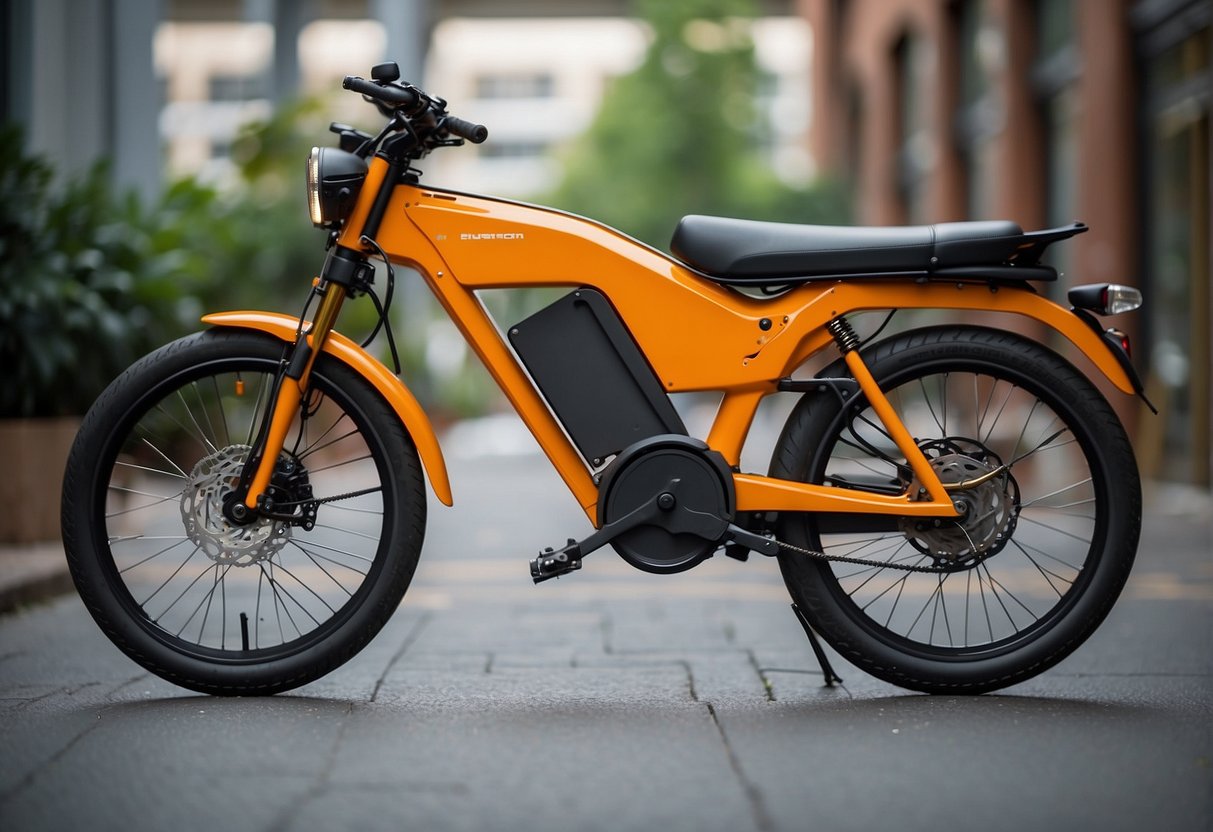
When selecting an electric bike, understanding voltage is crucial for ensuring optimal performance and battery life. Choosing the correct voltage affects everything from acceleration to range, making it a foundational aspect of e-bike use.
Maximizing Performance with Adequate Voltage
E-bikes equipped with adequate voltage deliver enhanced performance. Higher voltage typically means improved top speed and acceleration, as it allows the motor to generate more torque. For instance, a 48v system can significantly outperform a 36v system, especially when it comes to climbing steep hills.
Voltage and Range: Going the Distance
The range of an e-bike is directly linked to its voltage and battery capacity. A higher voltage system can often translate to a longer range, meaning fewer charges are needed for events like the Georgia Century Ride. Amp-hours (Ah) are indicative of the battery’s capacity which, when multiplied by the voltage, gives an idea of the total energy resources available.
Adapting Voltage to Riding Conditions
Different riding conditions demand different power needs. For urban commuters, a moderate voltage might suffice, but for those facing frequent hills or heavy loads, a higher voltage system may offer a necessary mechanical advantage. Pedal-assist settings can also affect how voltage impacts the ride.
Maintenance and Care for Voltage Sustainability
To sustain battery life and efficiency, proper maintenance is key. A well-cared-for battery with a suitable voltage for its use pattern can have a prolonged life before needing to be recharged or replaced. Charging habits and the avoidance of deep discharges play a substantial role in preserving the battery life.
E-Bike Voltage for Different User Demographics
Choosing an e-bike voltage should consider personal needs. Lighter riders may require less power, while heavier riders might benefit from more torque and a higher capacity battery. Manufacturers like Blue Monkey Bikes offer a range of models with different specs such as 250w systems, catering to varied demographics.
Voltage and Legal Regulations
It’s vital to be aware of local legal regulations concerning e-bike voltage and power. Some areas may restrict pedal-assist to certain power outputs or require licensing for higher-powered models. Always check manufacturer guidelines and local laws to ensure the chosen voltage complies with regulations.
Choosing the right voltage for an electric bike involves balancing intended use, performance needs, and legal considerations, underscoring its importance for optimizing the e-bike experience.
Frequently Asked Questions
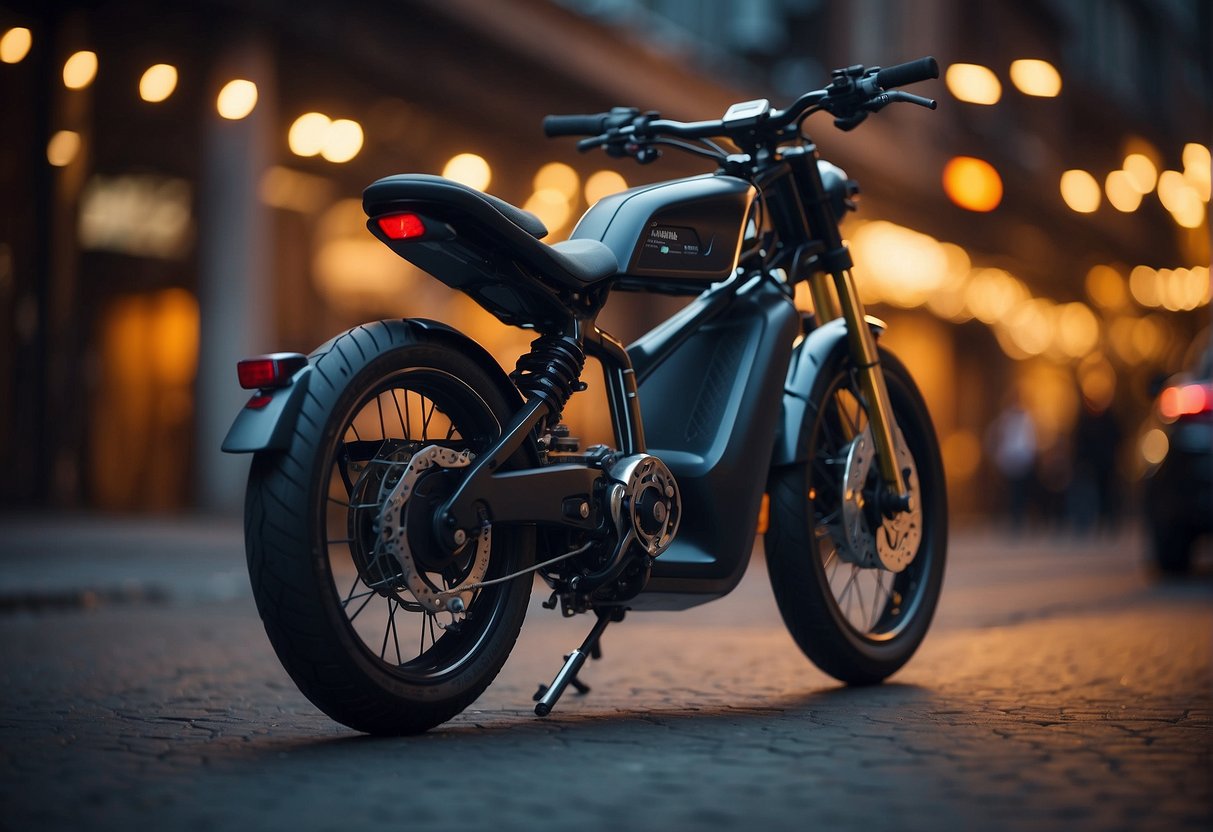
Choosing the right voltage for an electric bike is crucial for balancing performance, range, and usage requirements. These FAQs provide insights into how different voltages impact e-bike dynamics.
What are the performance differences between 36V and 48V e-bikes?
A 36V e-bike typically provides adequate power for casual riders, while a 48V system offers increased performance, suitable for more demanding riding conditions or for those seeking additional power and acceleration.
How does voltage affect the range and top speed of an electric bike?
Voltage directly influences an electric bike’s top speed and range. A higher voltage usually translates to a faster e-bike and can provide a longer range, as it allows the motor to draw more power efficiently.
Can a higher voltage battery improve an e-bike’s hill-climbing ability?
Yes, a higher voltage battery can enhance an e-bike’s ability to climb hills, by supplying more power to the motor, thus providing better torque and a steeper hill climbing capacity.
What are the implications of using a 52V battery on a 48V electric bike system?
Using a 52V battery on a 48V system can improve performance, but it’s essential to confirm compatibility to avoid potential damage to the motor or electronic components.
In terms of power output, how does a 500W e-bike compare to a 750W e-bike?
A 750W e-bike will generally offer more power and torque than a 500W model, resulting in improved acceleration and greater assistance for climbing inclines or riding through difficult terrain.
What should be considered when deciding between a 48V and a 72V e-bike?
When evaluating the choice between a 48V and a 72V e-bike, consider factors like the riding conditions, range requirements, and the trade-off between cost and the need for high power output. A 72V e-bike might be overkill for casual usage but is excellent for high-demand scenarios.
















